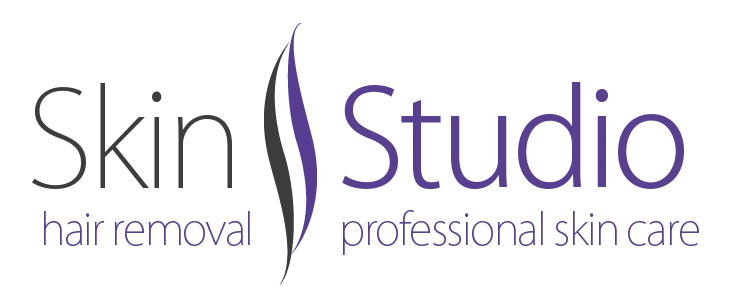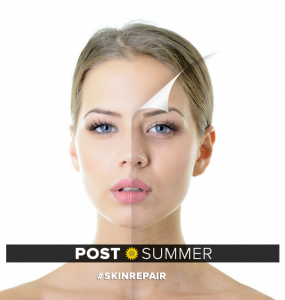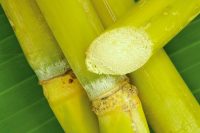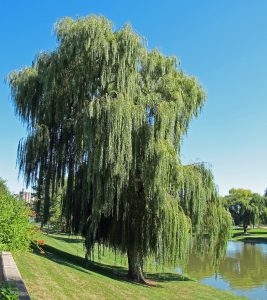Summer is over and it’s time to repair that sun damaged skin.
Chemical peel is a great solution for that.
What is a peel?
A chemical peel is a technique used to improve and smooth the texture of the skin. Chemical peels are intended to remove the outermost dead layers of the skin. As a result, the regenerated skin is usually smoother and revealing clearer, brighter and younger-looking skin underneath. Here at Skin Studio in Brighton, our estheticians work personally with each client to figure out which peel is best suited for their skin care needs.
So what is exfoliation?
The word “exfoliate” comes from the Latin exfoliare (to strip off leaves). It involves the removal of the superficial dead skin cells from the outermost layers of the epidermis. Our trained estheticians here at Skin Studio have experience with each type of peel and know how to effectively treat your skin. Furthermore, chemical peels are effective for sluggish skin, dull looking skin, hyper-pigmentation, photo-aging, wrinkles, scarring, acne, and pre-cancerous lesions.
Let’s look at different exfoliating treatments that we offer at Skin Studio:
Enzymes:
- An exfoliant, more subtle than a chemical peel
- Most often made with fruit enzymes (papaya and pineapple are few of examples) that both nourish and slough off dead skin cells
- Importantly, they dissolve only the top layer of dead skin cells to relieve dryness, clean pores and reveal healthier skin
- Even though enzymes produce short term results, they do not stop aging. Therefore, do your enzyme treatments on a regular basis!
- Can be used even by people with very sensitive skin
Alpha Hydroxy Acids (AHA’s):
AHA’s are very effective because they “unglue” cells and allow them to shed, creating exfoliation and flaking. Therefore, they allow a faster penetration of products.
Most Common Types of AHA’s:
- Formulated from sugar cane in its natural form
- The smallest of all the acid molecules, it penetrates quickly, loosening up keratinized skin cells and exfoliating the superficial top layer of the stratum corneum
Lactic Acid:
- Derived from sour milk in its natural form
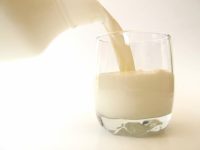
- The largest of all acid molecules, it is slow to penetrate and tends to be less irritating
- Brightens and lightens skin
- Hydrates and exfoliates, reducing wrinkles and pigmentation discolorations
Now let’s look at Beta Hydroxy Acids (BHAs):
Similar to AHA’s, it detaches dead cells from the layers underneath. However, BHA penetrates deeply to clean pores of excess sebum and dead skin cells.
Salicylic Acid:
- An antiseptic exfoliant that deeply cleanses pores.
- It’s also an excellent treatment for acne and aids in overall skin rejuvenation.
- Comes from Willow Tree Bark in its natural form
- Due so, use it for acne, mile rosacea, hyperpigmented and rough skin.
Advanced Combination AHA & BHA:
Modified Jessner:
- Consists of three main ingredients: lactic acid (assists in the exfoliation of the skin), salicylic acid (aids in penetration), and resorcinol (assists in the treatment of acne)
- A synergy of effective acids that penetrates uniformly to help reduce the appearance of pigmented irregularities.
- Recommended for: aging, sun damaged, hyper pigmented and acne-prone skin.
gloRetinol +C
- Unique and versatile professional exfoliant
- Provides an effective way to achieve skin sloughing
- Could be used as either a stand-alone treatment or to intensify another glo therapuetics chemical exfoliant
Schedule your Chemical Peel appointment online at www.skinstudioboston.com
Let’s peel away the dead skin and give your skin a new life!
